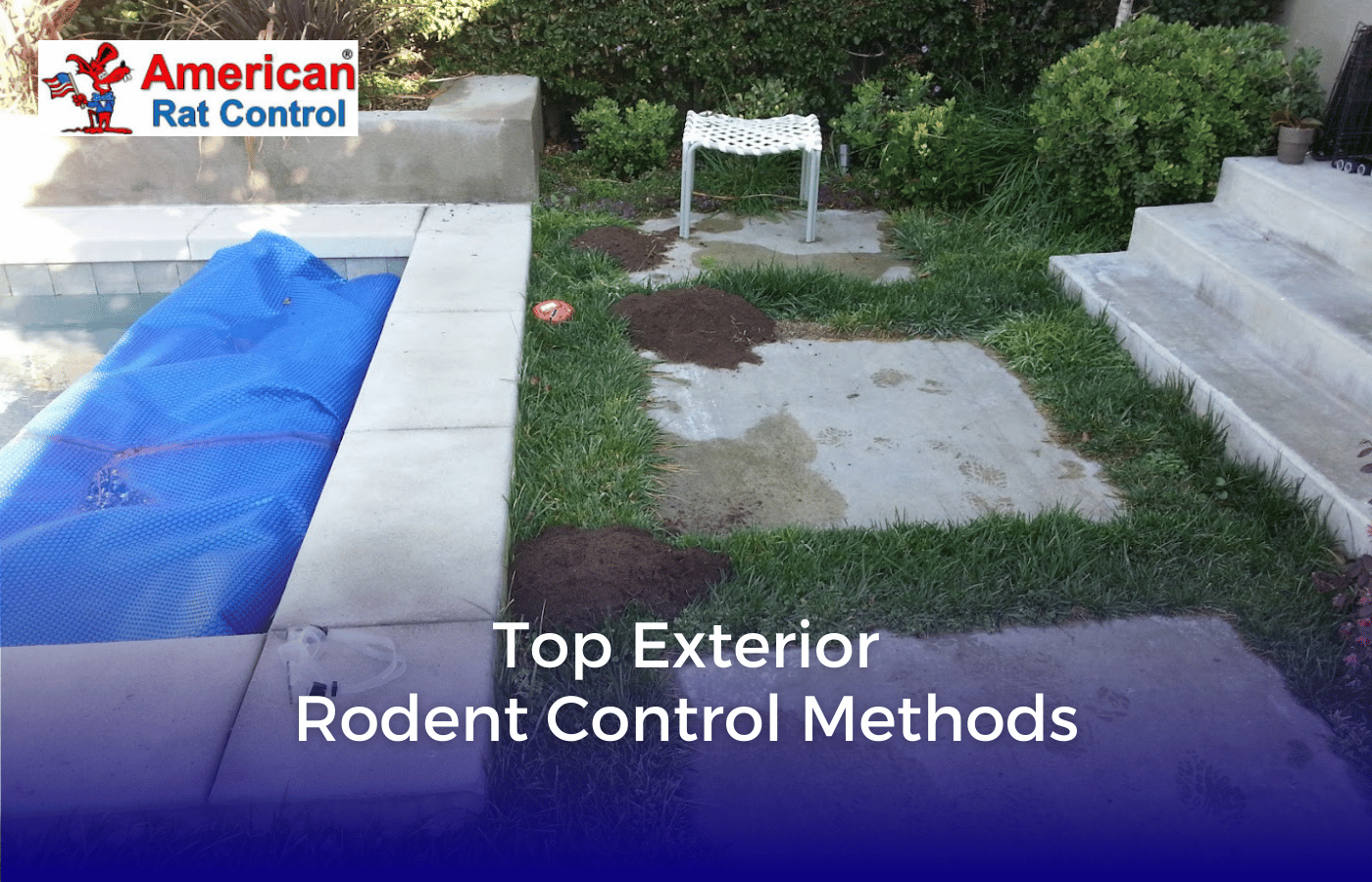Why Would a Rat Go to a Rat Trap?
Why would a rat ever go to a rat trap when they have other sources of food available to them. Rats are neophobic. (Fear or dislike of anything new or unfamiliar) a rat will avoid a rat trap that has been introduced into the rat’s environment and will feed on other sources of food that’s readily available to them.
When we begin a trapping program, we want to make sure there is no other source of food available to the rat. Most likely the rat has been hoarding food long before we came along and set up rat traps, so until the rat has no other source of food available to him, he will completely avoid traps all together.
If there are openings or access points on the exterior of the structure, rats will have easy access to sources of food on the exterior of the building, they will leave the structure and gather food and bring it back to their nest in your home and hoard it there for future use.
Once your home has been completely rat proofed, rats can no longer come or go, if they are trapped inside your attic space or sub-area, they will not have an external source of food, they will begin to get hungry and eventually find your kitchen, your pantry or other food storage areas and feed from there.
This is why it is very important to remove all other sources of food accessible to rats so they will put their “Neophobia” aside and go to a rat trap for food.
We have created a list of sources of food that will hinder or slow down the trapping process.
Pet Food
While the trapping process is going on it is very important to make sure there is no pet food unattended, when your pet leaves the food dish, any leftover food should be put away, even during the daytime. If there is food left in the food dish, rats will adjust their behavior to be awake and available to feed from the pet’s food dish, for the most part rats are nocturnal, but a rat will change its habits for accessible food, they will gather up as much food as they can carry and hoard it in an out of the way location that is most likely not accessible to us.
Most people store their pet’s food in the original container a bag or box, these materials are very easy for a rat to chew through, the rat will most likely chew a small hole on the side of the bag or box that is next to the wall and you may not see the hole on the container until it is time to replace an empty container of pet food.
We recommend storing pet food in a container that a rat cannot chew through, anything metal will work, as an example a small metal trash can with a metal lid works great. Rats can chew through plastic, cardboard, and most other materials. You can also store the pet’s food in a secure closet or cabinet that a rat cannot gain access to.
Food on the Countertops
Most people keep bread, snacks, and fruit bowls on the countertop, rats can smell these delicious foods from the floor and easily jump or climb on to the countertop to have an easy meal. This will cause the rat to avoid rat traps all together, so during the trapping process all food items should be off the countertops until the very last rat has been trapped and removed.
Even food crumbs and small pieces of food around the stove and floor will be an easy source of food for rats. We see food under and behind the stove, refrigerator, and other appliances such as microwaves. The least amount of food available to rats will make it that much easier to quickly trap and remove them.
Dirty Dishes in the Sink
Dishes left in the sink will have leftover food on them, this is another great source of food for rats. Don’t forget the small bits of food left in the sink or garbage disposal, these areas should be cleaned as well as the dishes.
Rats will also obtain water from the sink. Because there is always a little bit of water in the sink, we need to make sure rats don’t have any food as well as water, we want to force the rat to the rat traps.
Trash Containers
There are many types of trash containers people use, we see regular 15-gallon kitchen trash containers with a trash bag liner to small trash containers under the sink and trash compactors, these are all great sources of food for rats.
We ask that during the trapping process you take out the trash before you go to bed or when it becomes full, and make sure bits of food have not fallen on the ground and sides of the trash storage area inside your home, if food is stuck to the trash container itself it should be cleaned as well.
Pantry & Cabinet Food Storage
Rats can use their nose to push open a pantry or cabinet door, so it is important to make sure the door is closed tight, if your cabinet wont close and stay closed we recommend getting the cabinets repaired or put something in front of the door to keep it closed.
Rats can also climb on an appliance on the countertop to use as a ladder to get to the cabinet door, then use its nose to open the door and gain access to the food inside.
House Plants
We have seen on occasion that when all the above has been done and the rat has no other source of food or water, he will begin to eat at house plants for water, it does not happen often, but it does happen, I would not be too concerned about this until it is necessary to address it.
If the rat is still avoiding the traps and attacking plants for water that means we are getting close to the point the rat is running out of other sources of food and water, we just need to stand strong and out last the rat.
Toilet Lids
Make sure the toilet lids are down so the rat will not have access to the water, not only do we want to starve the rat from food but also water, rats can obtain enough water from food and plants, but they will always head to the toilet, sink or shower to obtain water.
Other Not so Common Food & Water Sources
Rats can obtain food and water from Fish tanks, bird cages, hamster cages, and other small pet cages, so it is important check for evidence to see if rats have been entering your other pets’ cages and enclosures and take preventative action or gives us a call to assist you in fixing these problem areas.







